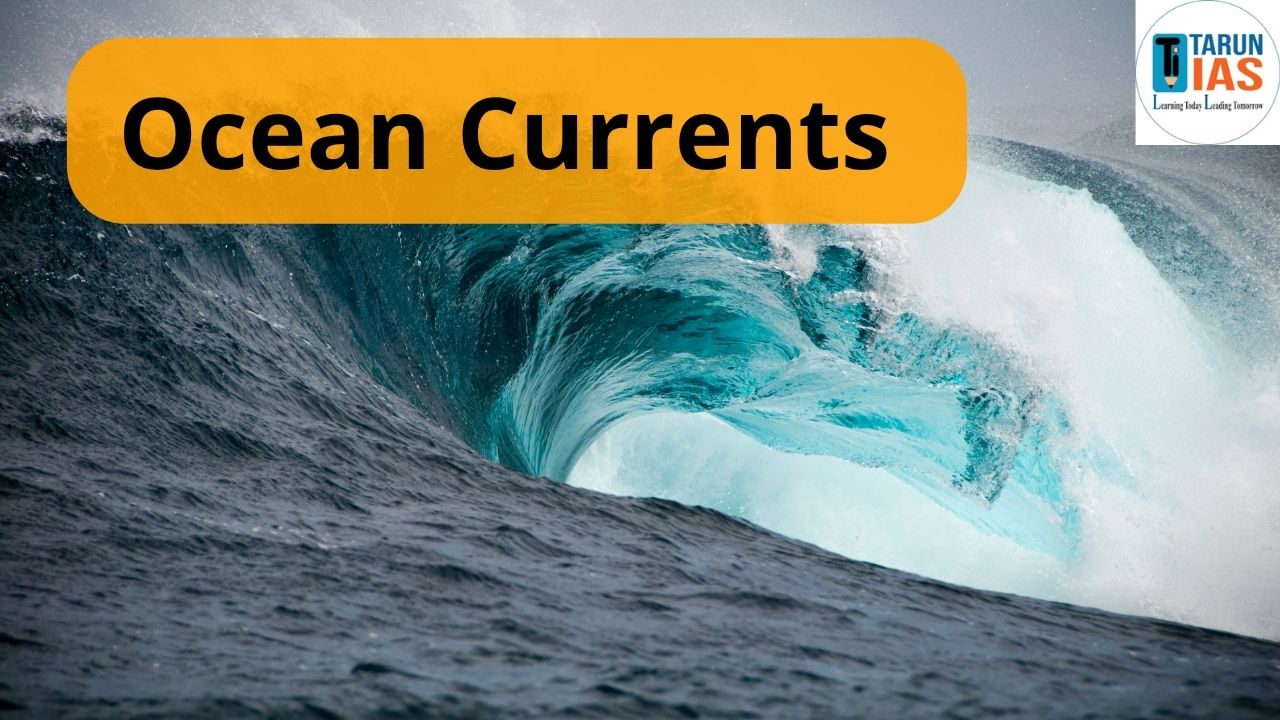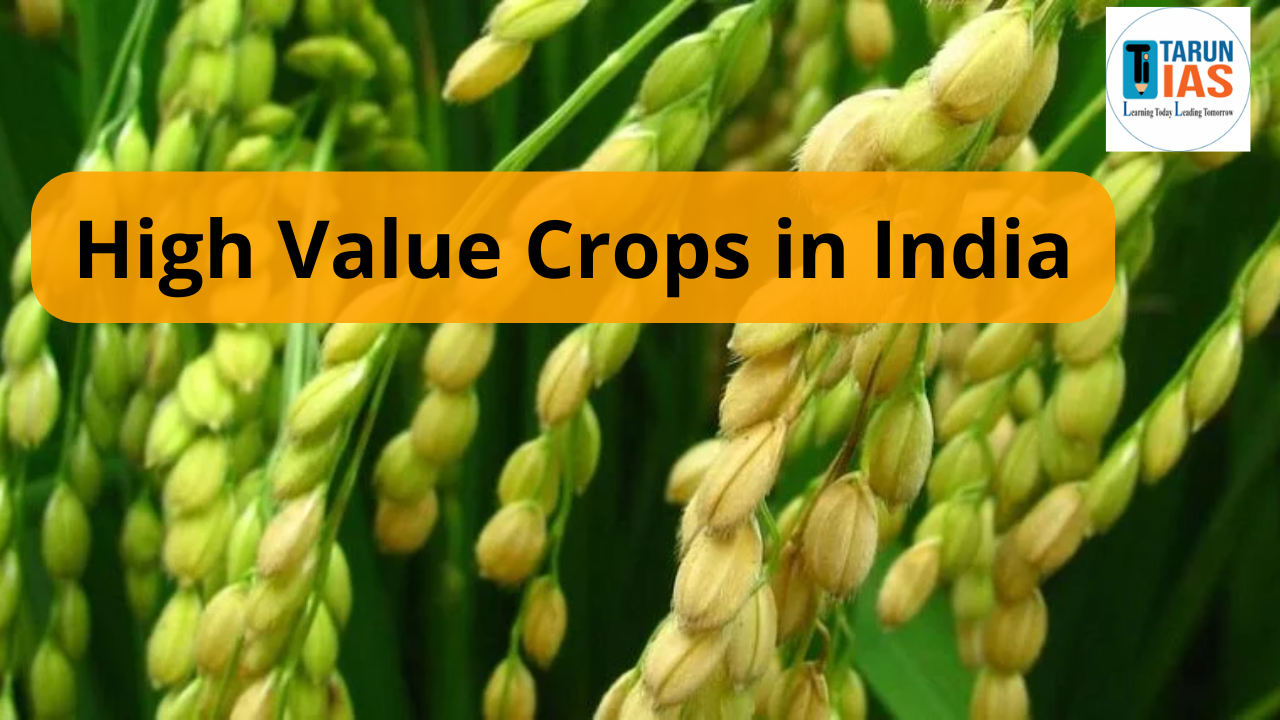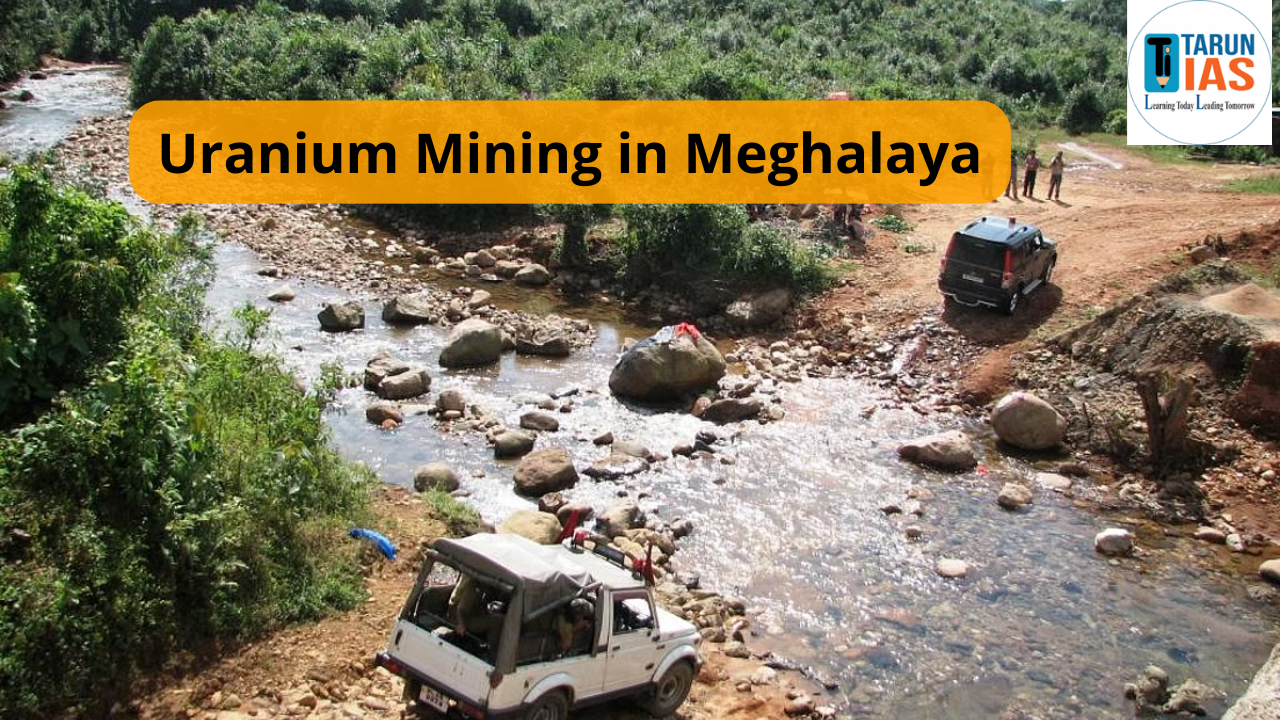Understanding ocean currents is like decoding the pulse of the Earth. Beneath the vast, calm surface of oceans lies a complex and powerful conveyor belt of moving water that regulates global climate, supports marine life, and even determines the economic fate of coastal regions. Ocean Currents is an interdisciplinary concept connecting climatology, international relations, and environmental science.
What Are Ocean Currents?

Ocean currents are continuous, directed movements of seawater generated by various factors like wind, Earth’s rotation (Coriolis effect), temperature and salinity differences, and the position of continents. These currents can be surface currents (driven by wind) or deep water currents (driven by density differences).
They play a crucial role in heat redistribution across the globe, which makes them a vital player in global climate dynamics.
Classification of Ocean Currents
Ocean currents are generally classified on the basis of the following criteria:
Ocean Currents Based on Depth
- Surface Currents: These events occur in the upper 400 metres of the ocean and are mainly driven by wind direction.
- Deep Water Currents (Thermohaline Circulation): These are driven by differences in water density, which is controlled by temperature (thermo) and salinity (haline).
Ocean Currents Based on Temperature
- Warm Currents: It originates near the equator and moves towards the poles. These currents raise the temperature of the regions they flow through.
Example: Gulf Stream, Kuroshio Current. - Cold Currents: Originate from polar and sub-polar regions and move towards the equator. They lower the temperature of coastal areas.
Example: Labrador Current, Humboldt Current.
Major Ocean Currents of the World

Ocean currents are large-scale, continuous movements of seawater driven by forces like wind, Earth’s rotation (Coriolis effect), salinity, and temperature differences. They influence global climate, marine navigation, and fisheries. Here are some major of ocean currents
Atlantic Ocean
- Gulf Stream: A warm current that originates in the Gulf of Mexico, moves along the eastern coast of the USA, and crosses the Atlantic toward Europe.
- North Atlantic Drift: Extension of the Gulf Stream, it keeps Western Europe milder than other regions at the same latitude.
- Labrador Current: A cold current flowing southward along the eastern coast of Canada.
- Canary Current: A cold current off the northwest coast of Africa.
Pacific Ocean
- Kuroshio Current: A warm current flowing northward off the coast of Japan.
- Oyashio Current: A cold current from the Bering Sea that meets Kuroshio near Japan, creating a rich fishing zone.
- North and South Equatorial Currents: Flow from east to west along the equator in both hemispheres.
- Peru (Humboldt) Current: A cold current that flows northward along the west coast of South America.
Indian Ocean
- The Indian Ocean currents are unique because of the monsoonal winds that reverse direction seasonally.
- Somali Current: Flows northward during the southwest monsoon and southward during the northeast monsoon.
- Agulhas Current: A warm current flowing southward along the southeast coast of Africa.
- West Australian Current: A cold current flowing northward.
Causes of Ocean Currents:

Currents don’t just start and move without reason. Multiple physical forces and planetary dynamics work together to create this massive motion.
Wind
- Trade winds and westerlies drive surface ocean currents.
- The direction and strength of these winds directly influence the direction and speed of ocean currents.
Coriolis Effect
- Due to Earth’s rotation, moving water is deflected:
- To the right in the Northern Hemisphere,
- To the left in the Southern Hemisphere.
Temperature and Salinity
- Warm water rises due to lower density, while denser cold water sinks.
- Similarly, salty water is denser and sinks, while less saline water rises.
- These vertical movements drive deep ocean currents (thermohaline circulation).
Configuration of Continents
- Landmasses obstruct free movement of water and redirect currents.
- They help form gyres—large systems of circulating ocean currents.
Gravity
- Water moves from areas of high pressure to low pressure, influenced subtly by gravity.
Tidal Forces
- Caused by the gravitational pull of the moon and sun, tides also play a role in the movement of coastal currents.
Thermohaline Circulation Global Conveyor Belt

Thermohaline circulation is a global-scale system of deep-ocean currents driven by differences in temperature and salinity. It is slow but crucial for:
- Redistribution of heat across latitudes,
- Transport of nutrients and oxygen,
- Regulation of carbon dioxide in oceans.
This system is sometimes referred to as the Ocean Conveyor Belt. If disrupted (for example, due to melting polar ice reducing salinity), it could drastically alter global climates, especially in Europe.
Role of Ocean Currents in Climate and Weather

Ocean currents are one of the biggest climate regulators. They directly influence:
Temperature Regulation
- Western coasts in temperate zones remain warmer due to warm currents (e.g., Western Europe and the North Atlantic Drift).
- Cold currents cool down the coastal regions and increase aridity (e.g., Atacama Desert and Humboldt Current).
Rainfall and Aridity
- Cold currents tend to suppress rainfall by stabilizing the atmosphere.
- Warm currents support moisture and cloud formation, enhancing rainfall.
Monsoon Impact
- Indian monsoon is influenced by ocean surface temperatures.
- El Niño and La Niña events, which involve changes in Pacific currents, directly affect the Indian monsoon’s intensity and distribution.
Ocean Currents Impact on Marine Ecosystems and Fishing
Where cold and warm currents meet (called convergence zones), there’s abundant plankton growth, leading to rich fishing grounds.
Key Fishing Zones:
- Grand Banks (North America) – Labrador + Gulf Stream
- Japan Coast – Kuroshio + Oyashio
- West Africa – Canary + Equatorial Current
- Peru-Chile Coast – Humboldt Current
Currents also help in nutrient upwelling, which supports marine biodiversity.
Ocean Currents and Navigation
Before the era of engines and GPS, sailors relied heavily on ocean currents and winds for navigation. Even today, maritime industries use ocean currents to save fuel and plan routes.
- The Gulf Stream helped Columbus and other explorers return to Europe faster.
- Understanding of equatorial counter currents helps in plotting efficient shipping lanes.
Ocean Currents and Climate Change
Modern-day climate science is closely monitoring ocean currents for signs of disturbance. Key concerns include:
Weakening of the Atlantic Meridional Overturning Circulation (AMOC)
- Could lead to colder European winters and rising sea levels on the US east coast.
Melting Glaciers
- Reduces salinity in polar oceans, disturbing thermohaline circulation.
Ocean Acidification and Warming
- Affect plankton growth, which in turn disrupts marine food chains and carbon absorption.
Warm vs Cold Currents Table
Ocean currents, classified as warm or cold, its play a key role in regulating Earth’s climate and marine ecosystems. Understanding their differences helps explain regional climate variations, weather patterns, and the distribution of marine biodiversity around the world.
| Parameter | Warm Currents | Cold Currents |
| Origin | Equatorial or tropical regions | Polar or subpolar regions |
| Direction | Flow towards poles | Flow towards equator |
| Effect on Climate | Raises coastal temperature | Lowers coastal temperature |
| Effect on Rainfall | Encourages rainfall | Suppresses rainfall |
| Example | Gulf Stream, Kuroshio | Labrador, Humboldt, Benguela |
Smart Facts to Remember
- Peru Current = Humboldt Current (frequent name confusion).
- The Indian Ocean is the only ocean with seasonal current reversal.
- Cold currents on western coasts lead to desert formation (e.g., Namib and Atacama).
- El Niño = Warm water in eastern Pacific = Weak monsoon in India.
- Oyashio + Kuroshio = Richest fishing zone in the world.
Conclusion
Ocean currents may seem like distant, watery pathways, but their influence is deeply felt in everyday weather, food supply, and even global politics. For a serious UPSC aspirant, understanding them is not optional—it’s foundational.
As you revise this topic, try to connect the dots—from physical geography to economic implications, from climate change to strategic maritime interests. This will not only help you score better but also think like an officer who understands systems, not just facts.















